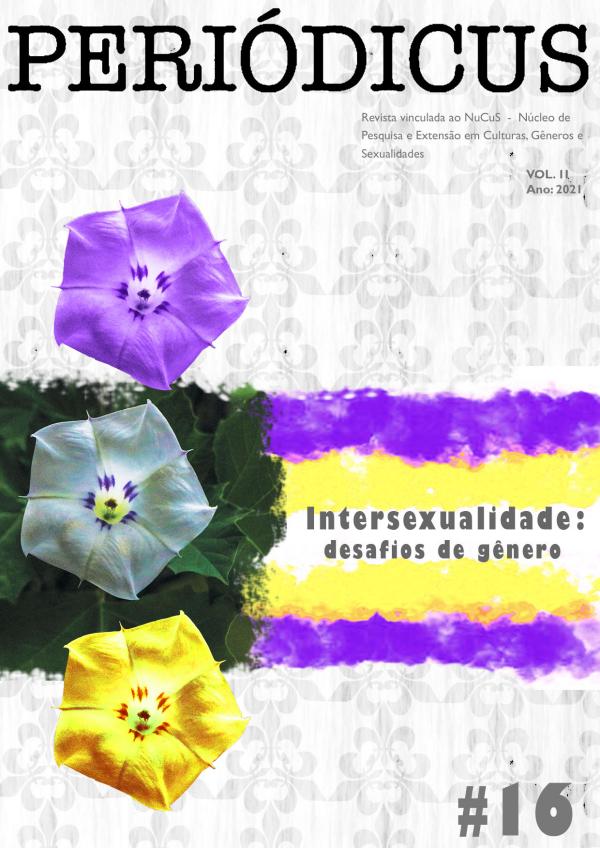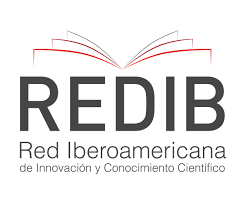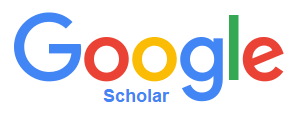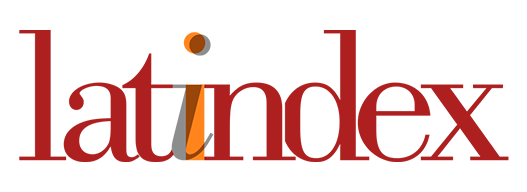Does a cis man with a trans man equals a werewolf? Science teachers before queer werewolf bodies
DOI:
https://doi.org/10.9771/peri.v2i16.35528Abstract
This paper reports the partial results of a master’s research focused on how science and biology teachers in
basic education conceptualize the tripod sex, gender, and sexuality, which compose the heterosexual intelligibility matrix.
Here, we discuss the conceptions of five teachers about this tripod; how they react before transgender men who have
intimate relationships with cisgender men, thus being read as a gay couple? To this end, we showed the participants a
comic book by American artist Bill Roundy, in which he, cis gay man, tries to explain his relationships with trans men. If,
as the Brazilian popular saying goes, “a man with a man equals a werewolf,” then, based on queer studies and on the pedagogy of monsters, we explore how much a trans man with a cis man can also equal a (queer) werewolf, disrupting the
conceptual categories of science education and some positivist assumptions within natural sciences.
Downloads
Downloads
Published
How to Cite
Issue
Section
License
Copyright (c) 2021 Charlie Drews Dos Santos, Allan Moreira Xavier, Meiri Aparecida Gurgel de Campos Miranda

This work is licensed under a Creative Commons Attribution-NonCommercial 4.0 International License.
Authors who publish in this journal agree to the following terms:
Authors retain copyright and grant the journal the right of first publication, with the work simultaneously licensed under a Creative Commons Attribution Noncommercial License that allows the work to be shared with acknowledgment of authorship and initial publication in this journal, but prohibits commercial use.
Authors are authorized to enter into separate additional contracts for non-exclusive distribution of the version of the work published in this journal (e.g., publishing in an institutional repository or as a book chapter), with acknowledgment of authorship and initial publication in this journal.
Authors are permitted and encouraged to publish and distribute their work online (e.g., in institutional repositories or on their personal website) at any point before or during the editorial process, as this can generate productive changes and increase the impact and citation of the published work (see The Effect of Open Access).








